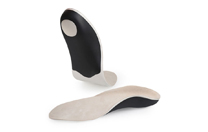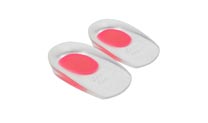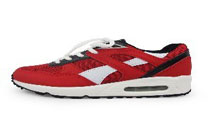Usually, conservative treatment will relieve the symptoms of metatarsal pain. These treatments include:
Rest: To avoid further injury to your feet, do not exert your feet. You may need to give up some of your favorite high-impact sports until you recover from your injury, but you can continue with low-impact sports like swimming, cycling, and so on. In addition, you can continue to do some strength and stretching exercises in your lower extremities in a way that doesn't aggravate the pain.
Icing: Ice packs are applied to the injured area for 20 minutes at a time, several times a day. To protect your skin, you can wrap the ice in a thin towel.
Take OTC painkillers: if needed, you may also consider taking painkillers such as ibuprofen, naproxen, or aspirin to relieve pain and inflammatory reactions.
Wear well-fitting shoes: your doctor may recommend shoes that fit your feet shape, stride length, and specific movement.
Use cushioned insoles or arch pads: These insoles or arch pads, usually made of cork, plastic, rubber, or gel-like substances, can help buffer vibration and reduce the load on the metatarsal.
Use self adhesive metatarsal pads: these self adhesive metatarsal pads are placed in front of the metatarsal and help transfer pressure in the painful area.



